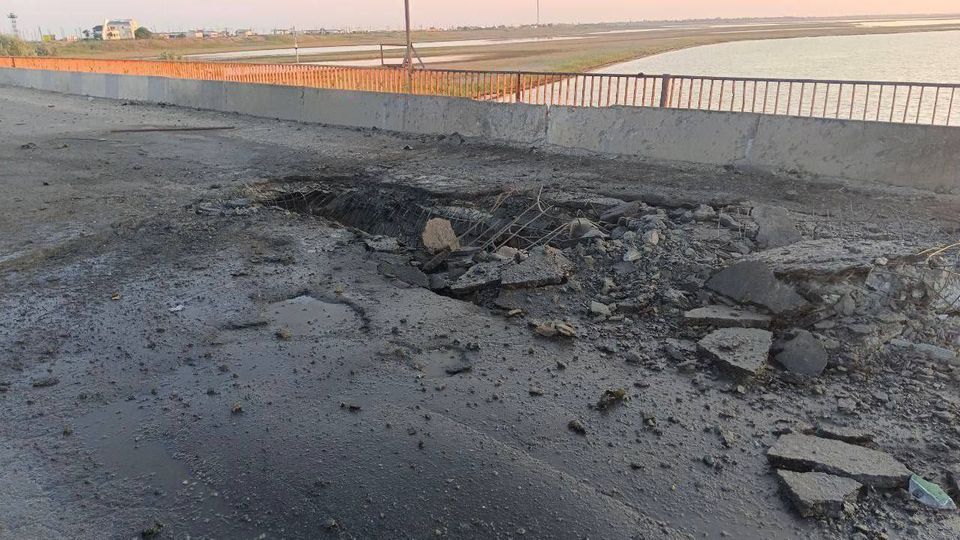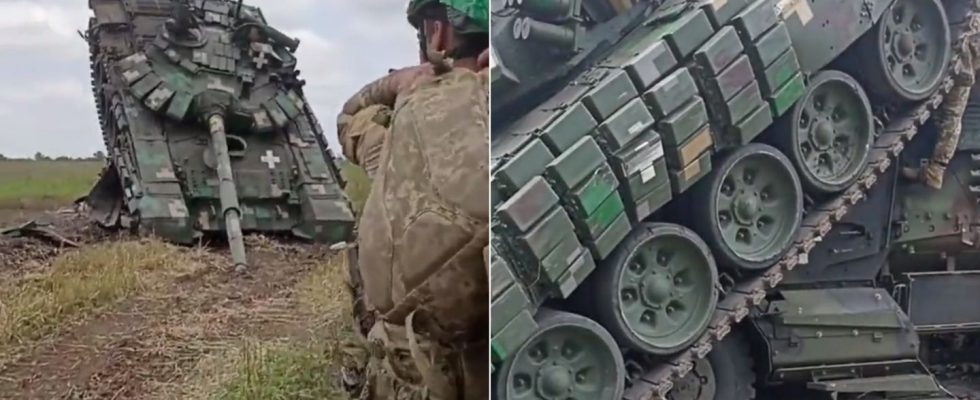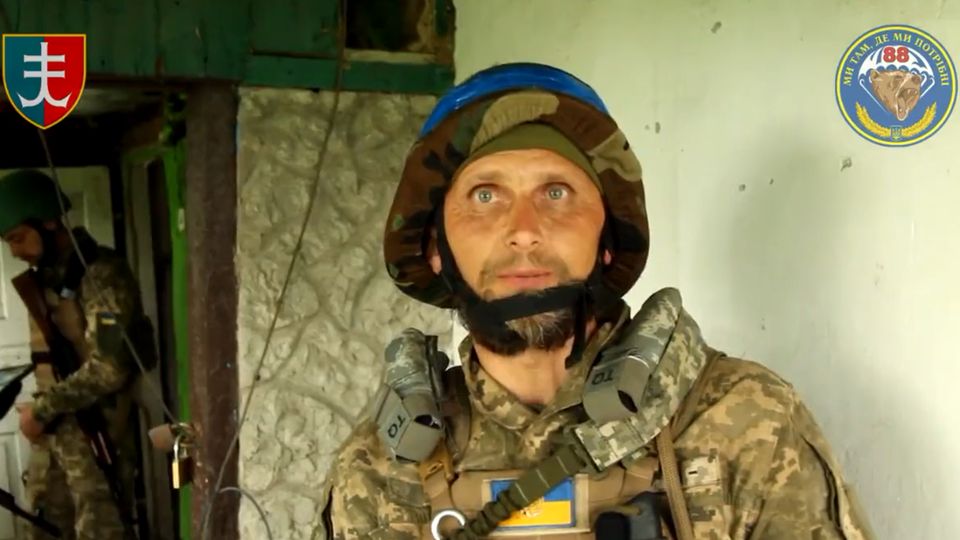analysis
war in Ukraine
Kiev is upping the ante – the summer offensive is entering the next decisive phase
Collapsed Ukrainian vehicles.
©Telegram
Kiev has started the fight for the Russian supply lines. At the same time there are fierce battles along the front. But now the Russians are attacking. They want to take the initiative away from the Ukrainians.
Anyone who believed that the summer offensive had come to a standstill was wrong. Both sides are stepping up their efforts, despite the losses so far. For over two weeks, Ukraine has been launching attacks along the front line to break into the Russian position system. So far the results have been modest in terms of terrain gains. At several points, Kiev’s troops were able to penetrate about five to seven kilometers deep into Russian-controlled territory, capturing some small settlements in the process.
Kiev’s troops suffered casualties. The Russian fortifications, which had previously been ridiculed, proved to be resilient even in the forward outpost area. In particular, the Ukrainians suffered losses from the large Russian minefields. At the same time, it took revenge that Ukraine failed to gain air supremacy over the theater of operations. Kiev’s jets have often been attacked by Russian interceptors as they approach. The Russians themselves could intervene in the ground fighting with helicopters. They fired on Ukrainian columns, but managed to stay far enough away to be undetectable by man-portable anti-missile missiles, so-called manpads.
gap in the information space
Ukraine’s strict policy of silence took revenge in the information space. The Russians flooded social media with video clips of their successes, including German Leopard tanks shot down. While Kiev’s troops initially distributed hardly any videos.
Then an operational pause was announced, but in fact Kiev intensified its efforts. For the first time, the strategically important bridges between Crimea and the mainland were attacked and also damaged. These are not “the” Crimean bridge between Crimea and Russia, they are bridges over the land connection to Ukraine in the direction of Cherson. Although geographically a “land bridge,” the area is criss-crossed by swamps and streams.

Hit on the Chonhar Bridge.
© Twitter / Commons
Attack on supply lines
The hits – presumably caused by Storm Shadow air-to-surface missiles – left the damage in their wake, but it should be repaired. But the Ukrainians will repeat these attacks and sooner or later destroy the important bridges that are crucial for supplies. In doing so, they are repeating a pattern that was successful in the Battle of Kherson. After the bridges across the Dnieper were destroyed, the Russians could no longer supply their troops on the opposite side. They had to give up the area. A withdrawal of the Russians without a fight is not to be expected now. But this type of battle with the massive use of artillery consumes a lot of material that has to be constantly brought to the battlefield. Less supplies will affect Russian defenses.
At the same time, Kiev is once again showing more videos of hits by its own kamikaze drones. They document Russian artillery and armored vehicle losses. Apparently, the Ukrainian troops have been able to use these drones more frequently in the last few days. At the beginning of the offensive, the Russians were able to massively disrupt the Ukrainian devices. The Ukrainians are trying to deepen their incursions at Vremivka and Pjatychatky. At the same time they want to embrace Bachmut on the flanks with a new effort.
Russian attacks in the north
It is difficult to say whether the intensification of the fighting in Kiev was intentional. Ukraine is also reacting to Russian attacks in the north of the front. There, where the Ukrainians threw back the Russians northeast of Kharkiv last fall.
Now the Russians are advancing in a zone east of the small towns of Lyman and Seversk – Donetsk Oblast. Even further north, fighting flared up near Kupyansk – Kharkiv Oblast. The Russians seem to have gained ground in the process. So far, however, they have only occupied forests and fields and no larger settlements. Their mechanized forces face the same difficulties as the Ukrainians – mines, drones and artillery.
With these hitherto limited attacks, the Russians are attempting to take pressure off the rest of the front. Apparently this was planned well in advance, because large Russian units are located in this area, where Ukrainian attacks were hardly to be expected. You can try to exert so much pressure that Kiev will have to use reserves here. Should the Russians be more successful, the momentum of the fighting will pass to them. In order to avoid this, Kiev must become active in other areas.
Hard fights with small movements
The summer offensive is thus entering a new phase. This whole operation is “irritating” because it is proceeding differently from what is commonly expected of an “offensive”. Instead of mobile skirmishes and deep operations, we see a bitter back and forth along the line of contact. A battle of attrition is raging all along the front. A form of combat that has dominated the war since last fall. If one side can no longer replace the inevitable losses, the front on the ground will start to move.




